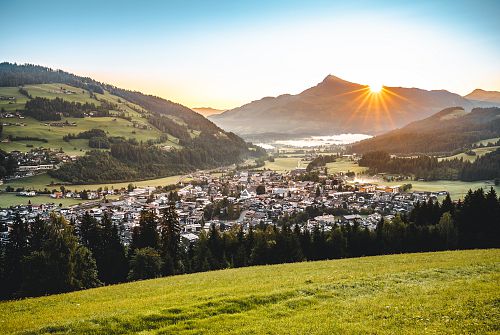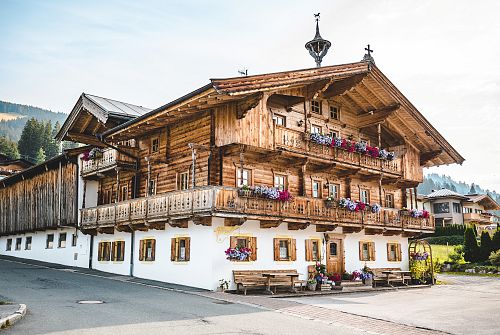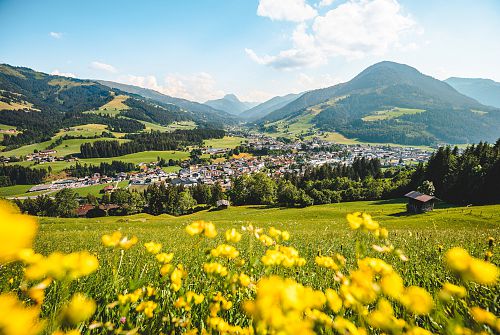Chronicle Kirchberg
The history in brief
Oldest traces of the settlement of Kirchberg go back to prehistoric times, i.e. the early Bronze Age (1100 - 900 BC). The first inhabitants of Kirchberg were Illyrians. Around the middle of the 6th century, occupation and settlement of the land by the Bavarians began.
- 902 Royal ministry official "Radolt" gifted "Prichenstal" with "Sperten or Kirchberg" to the bishops of Regensburg, who let governors administer it.
- 1241 "Sperten" is used for the first time to refer to the village below "Chirchberg". 1333 there is mention of the "community of parishioners".
- 1377 Bishop Konrad of Regensburg pledged Brixental Valley with Kirchberg to Bishop Friedrich of Chiemsee.
- 1380 he sold it for a payment of 18,000 Hungarian guilder with the option of a repurchase and in 1385 for payment of a further 8,000 Hungarian guilders to Archbishop of Salzburg for ever.
- 1816 the unification of Brixental Valley was decided and thus Kirchberg in Tirol also became part of it.
It is said that our "church on the mountain", to which we owe our village name since the 14th century, was originally supposed to be built in the village. But before the roof was covered with wooden shingles, doves carried these shingles up to the mountain. The Kirchberg locals saw this as a sign of God and built the church in this spot.
The construction of the church took place already in the 13th century in Romanesque style. In the 15th century, a new church was erected in Gothic style. In the 18th century, the church was completely redesigned and the interior completely converted to Baroque style. 1977/80 the Kirchberg was renovated and enlarged according to plans by world-famous Tirolean architect Prof. Clemens Holzmeister. On the exterior wall of the tower there is a large picture of the Madonna by Kirchberg church painter Michael Lackner.



